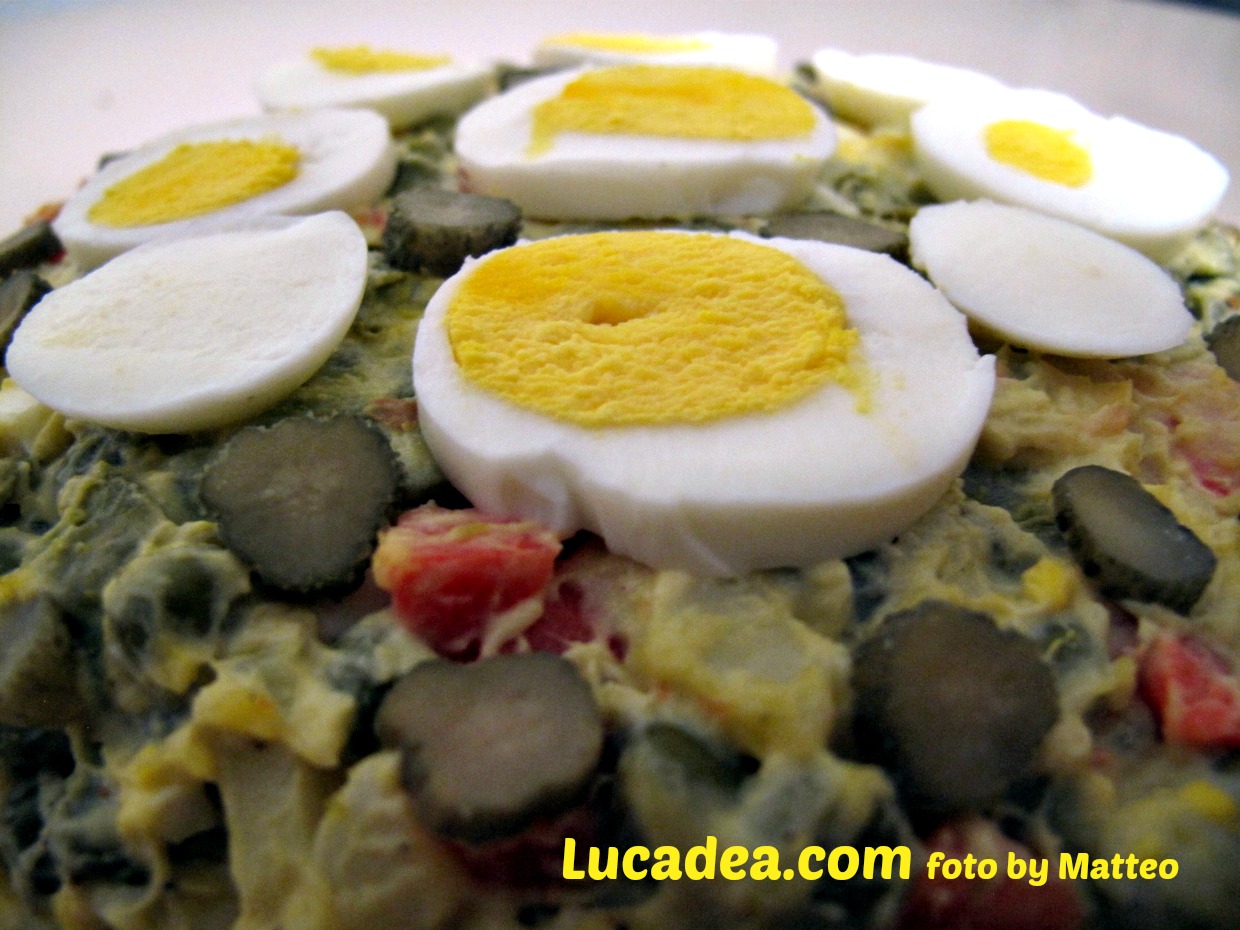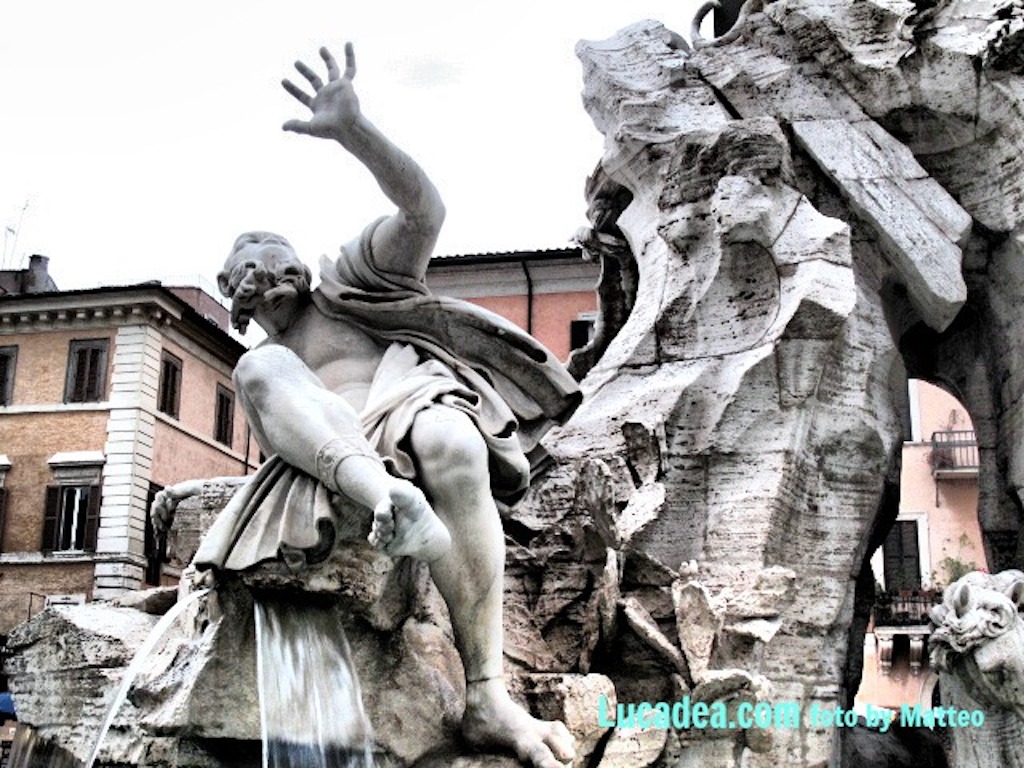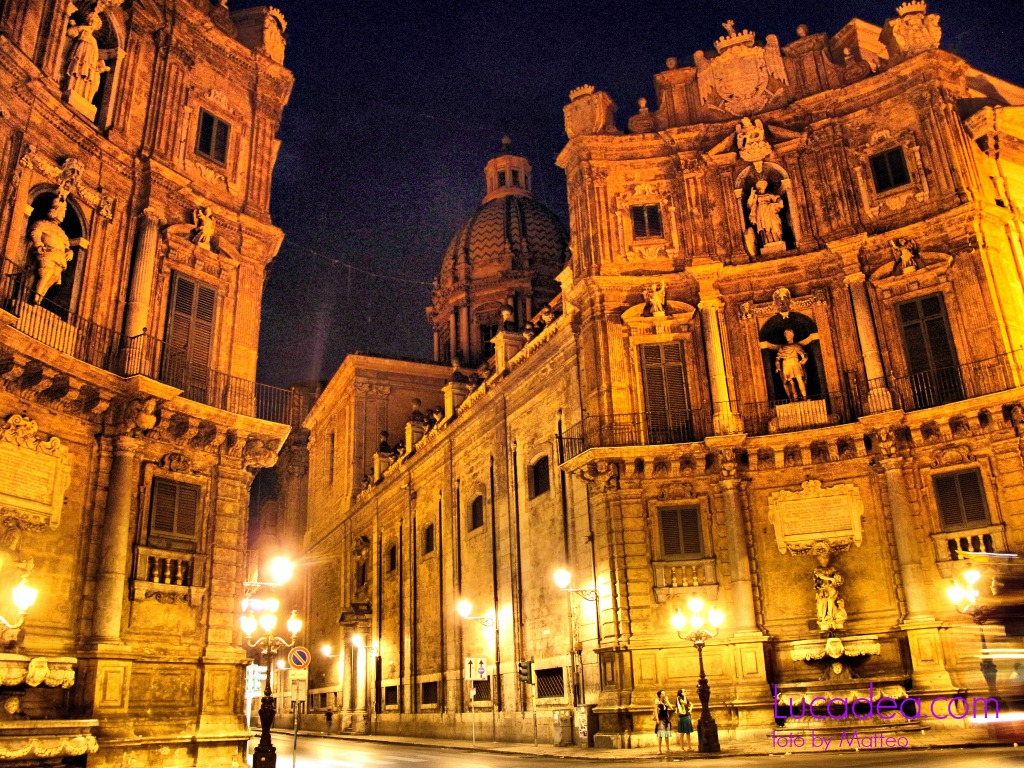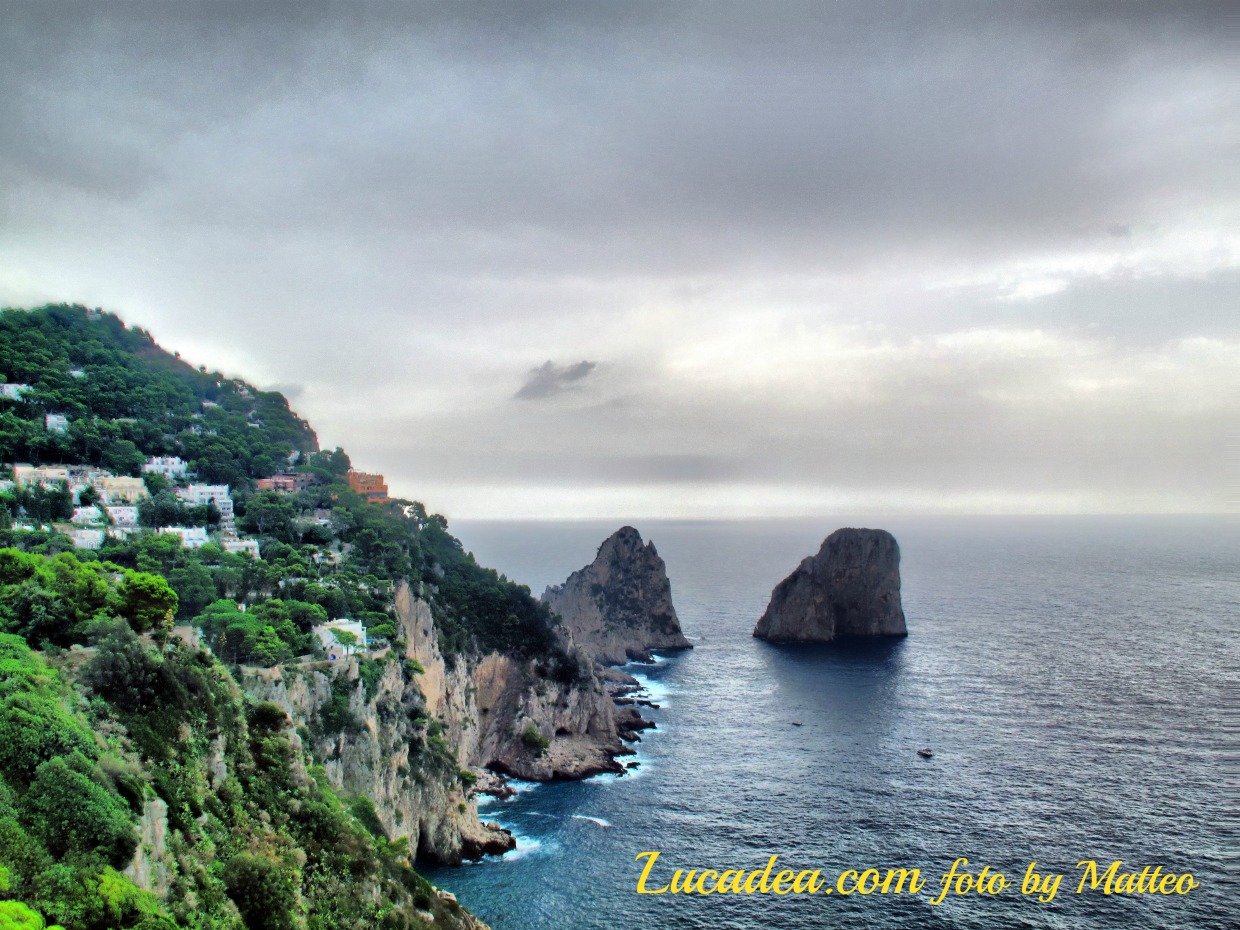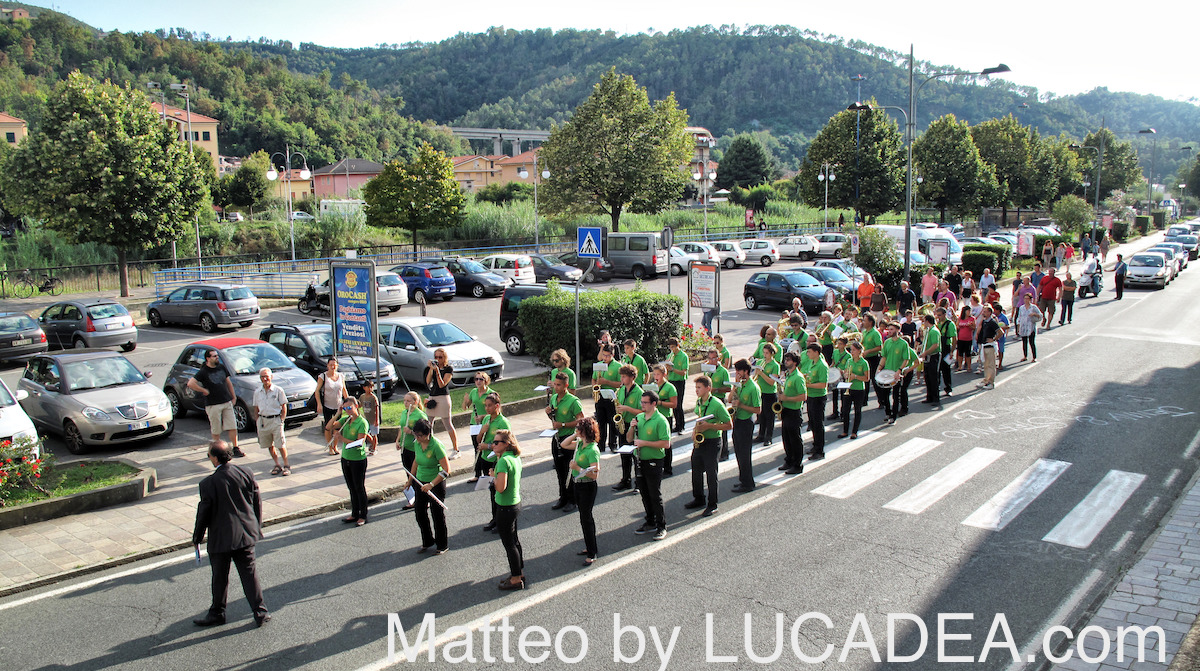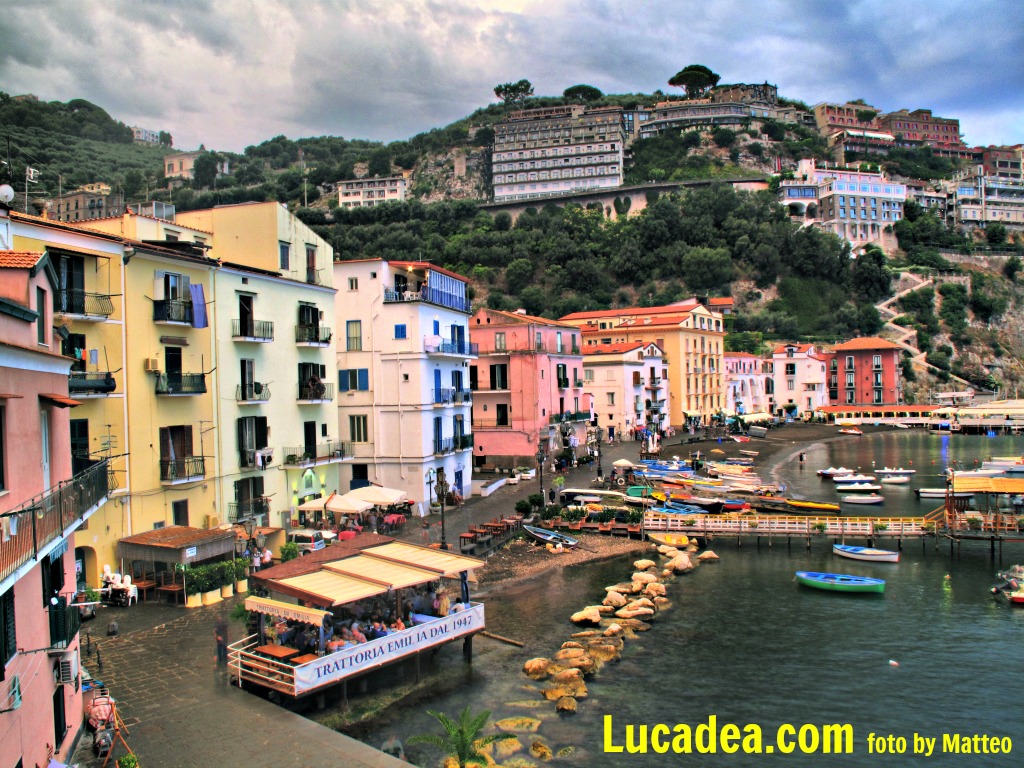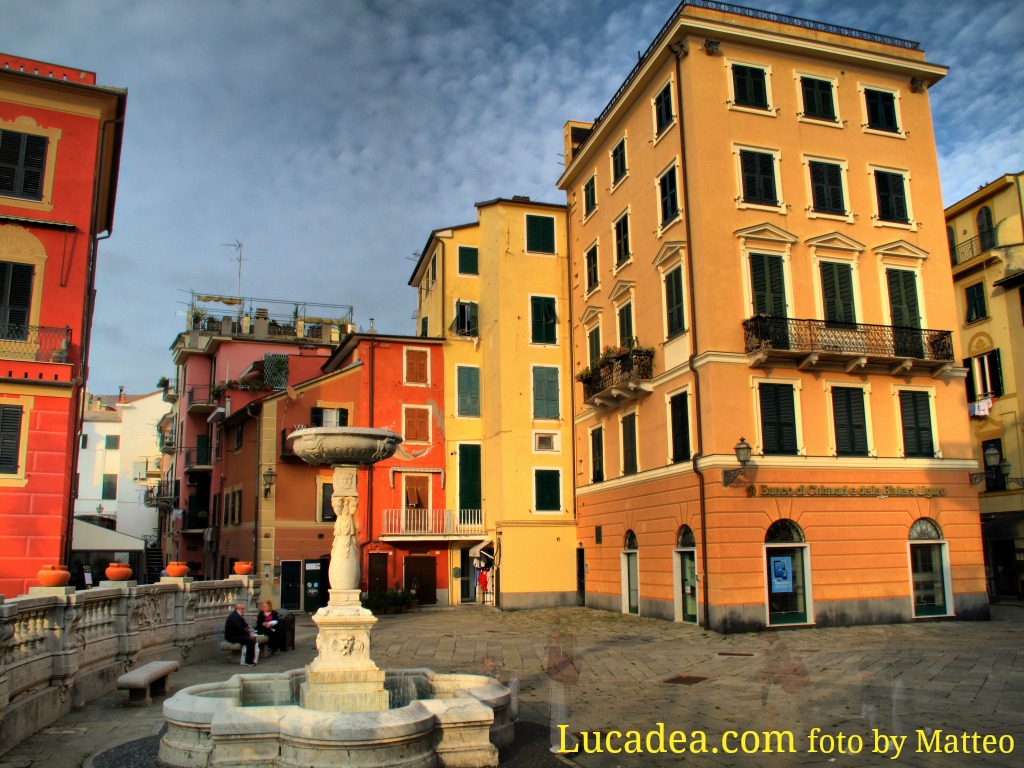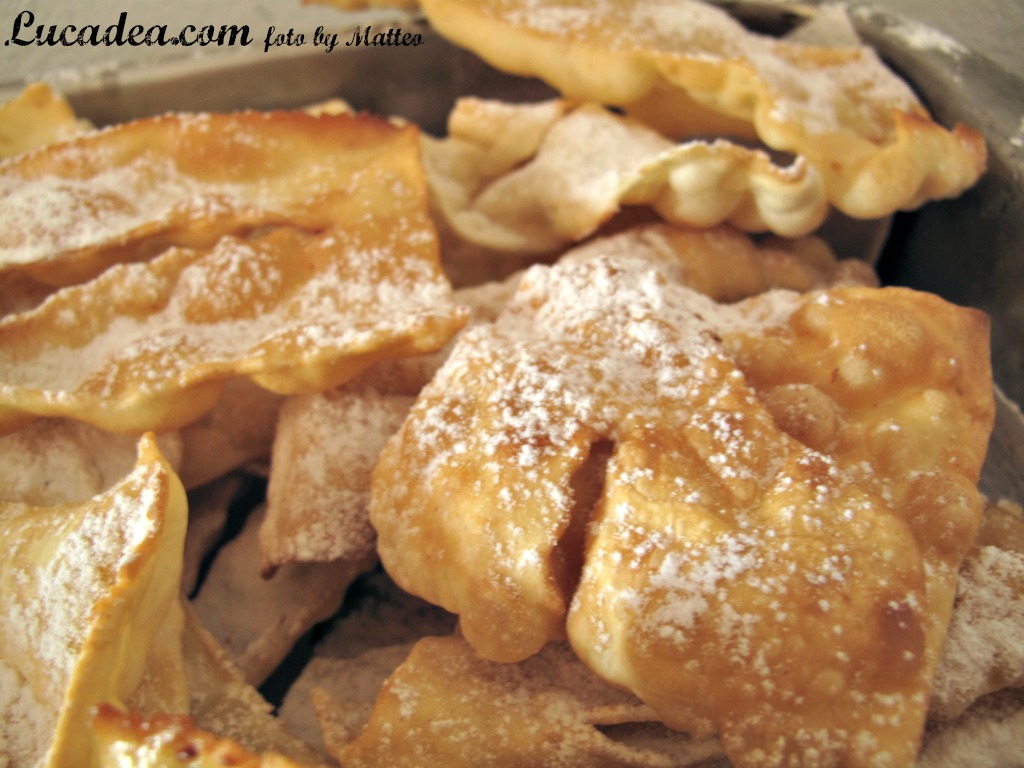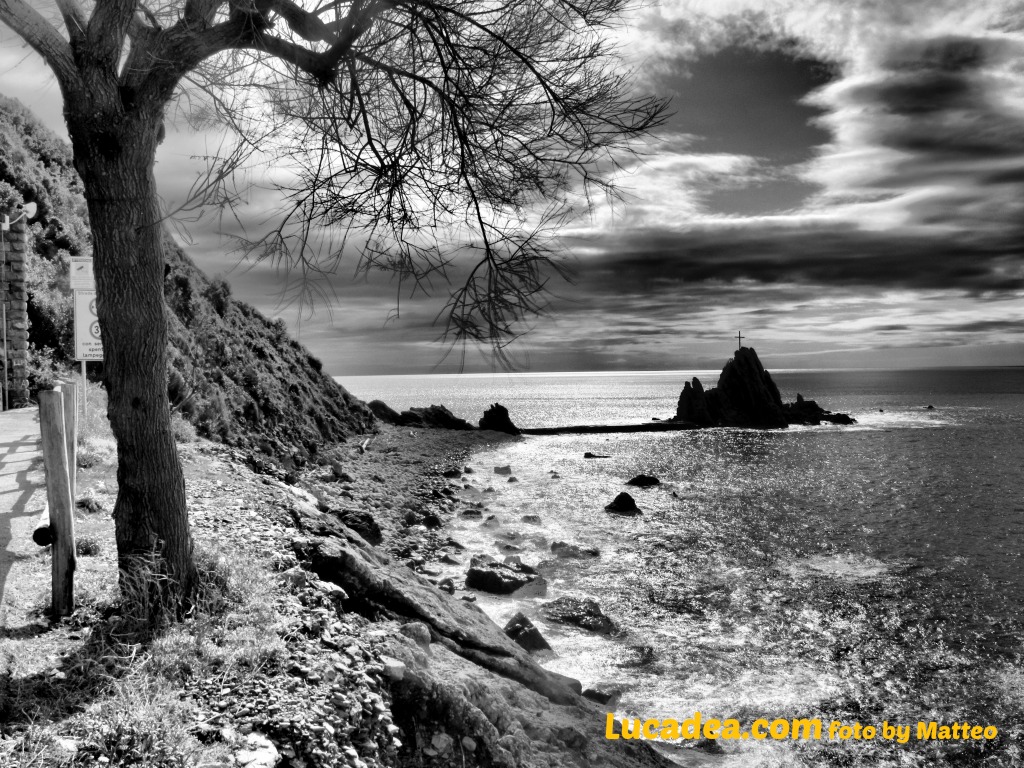Fountain of the Four Rivers: Rio de La Plata
It's difficult to go to Rome and not go and admire the Fountain of the Four Rivers, located in the centre of Piazza Navona: it is a gigantic monument, designed by Gian Lorenzo Bernini in the 17th century and depicting the 4 most important waterways in the world.
The photo depicts the Rio de La Plata, which – according to a legend that I don’t think is well-founded but is still fun – was sculpted in this curious position because it was trying to protect itself from the collapse of the bell tower of the church of Sant’Agnese in Agone opposite, built by Bernini’s historic rival, Francesco Borromini.
Do you know Rome and its monuments? Add your own comment or go to the bottom of the site to read what other visitors have written.
Click here to see all the photos of Rome:

Here's where the fountain is located:
The Fountain of the Four Rivers (or simply the Fountain of the Rivers) is located in Rome in the centre of Piazza Navona, in front of the church of Sant’Agnese in Agone (a church designed by Francesco Borromini), and was conceived and shaped by the sculptor and architect Gian Lorenzo Bernini.
Continue and learn more on Wikipedia

